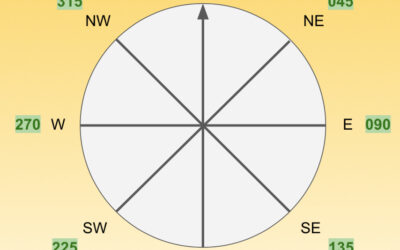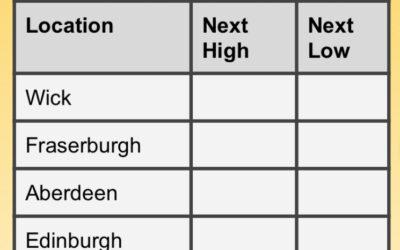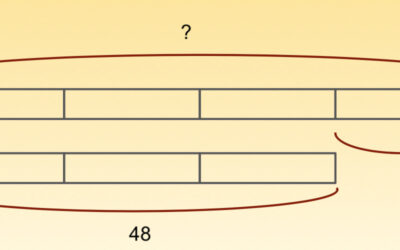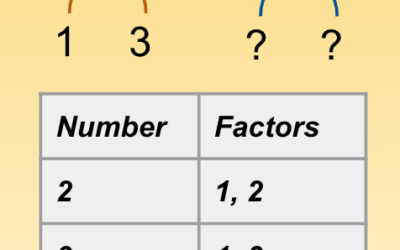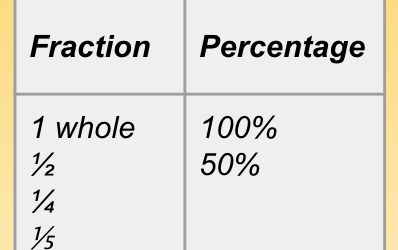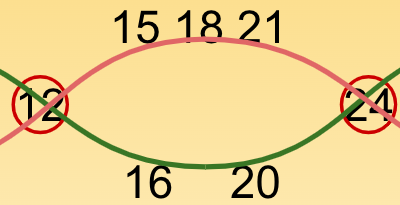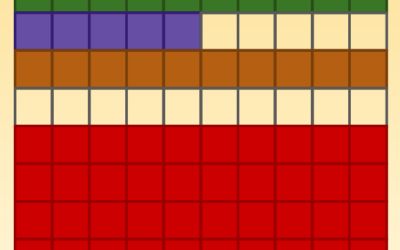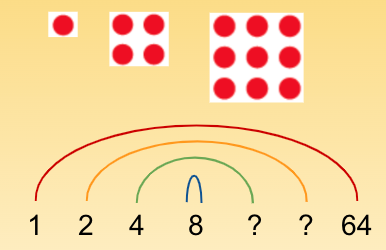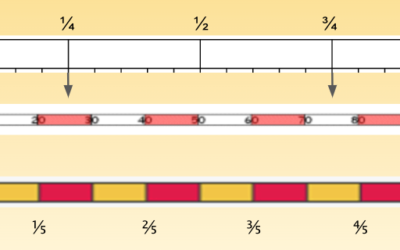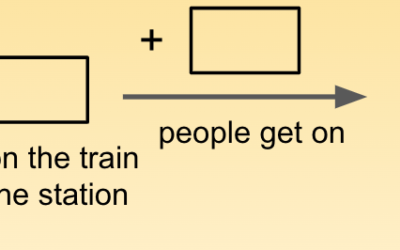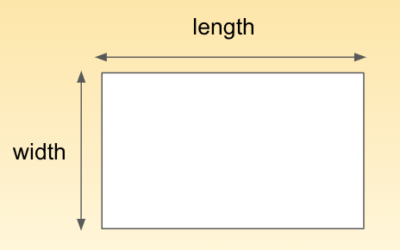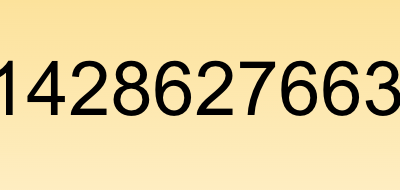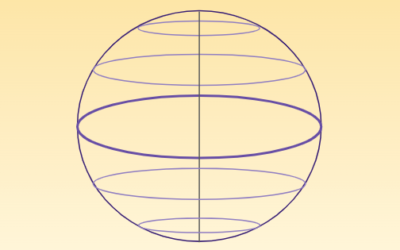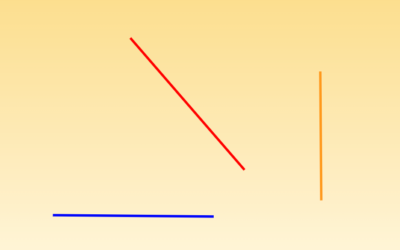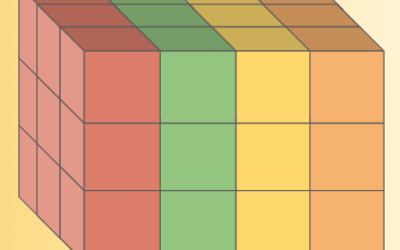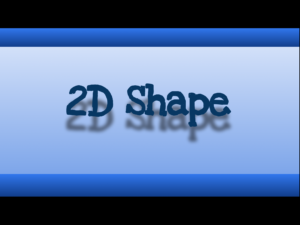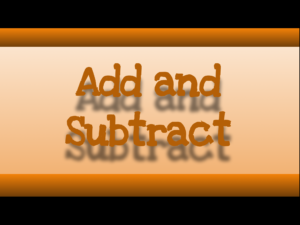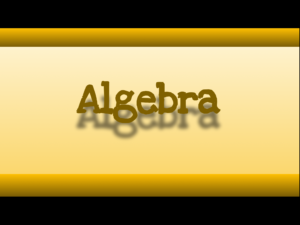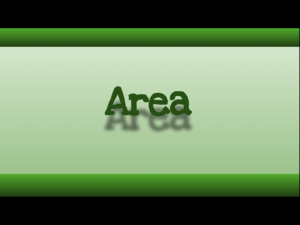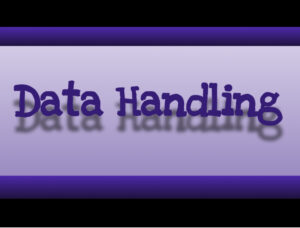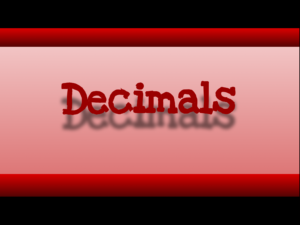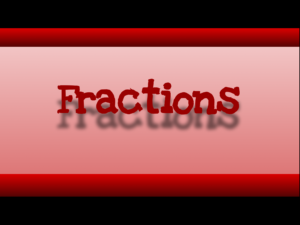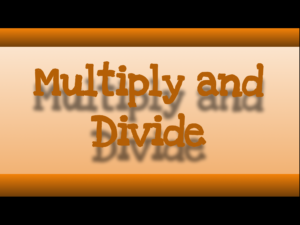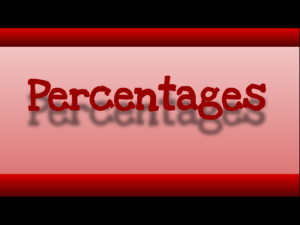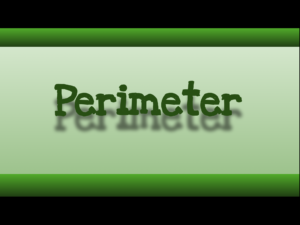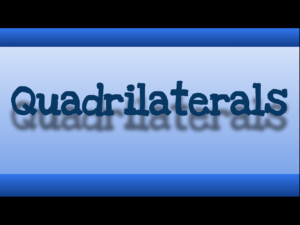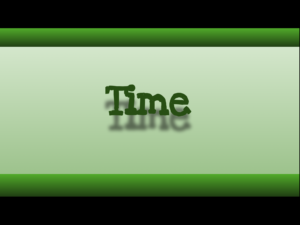- Core thinking developed through Together Time slides – stimulate whole-class discussion, with brief discussions in partners or teams
- Team Task Time slides – explorations at various levels of challenge – can be used by groups of children to take thinking deeper
- Team Talk Time slides – scattered throughout – contain talking games and speed challenges – will really engage pupils and consolidate pupils understanding and use of correct language.
- Guidance can be found in the speaker notes for each slide.
Sunrise and Sunset
Looking at the times across the year for sunrise and sunset provides a good context for revising 12 and 24 hour time, and for exploring the time difference caused by the change from (eg) Greenwich...
Tides
Tides provide a great context for exploring both decimal measurements and time intervals. We are first introduced to an online tide table, explore how to calculate time intervals using a timeline,...
Fractions and Percentages Of and Off
In this extended exploration we use a metre stick or counting stick as a representation of the whole or 100%, and explore mental strategies for finding different fractions and percentages of an...
What can we discover about factors and prime numbers?
This activity is an open exploration into the factors of different numbers, and the links with prime numbers. It would sit well at a point where pupils are familiar with the multiplication triangle...
Degrees of Heat and Frost
Negative numbers can be a confusing topic for children if they are simply taught rules. The ‘two minuses make a plus’ rule is a classic one for causing confusion as it is often applied wrongly. ...
What links can we find between fractions and percentages?
This activity was specifically designed to support the following learning intention: How can we use a metre stick, a hundred square and the factor rainbow for 100 to explore the link between...
What can we discover about multiples?
This activity is an open exploration into the multiples of different numbers, and their links with other multiples. It would sit well at a point where pupils are familiar with the multiples of 2, 5...
Fractions on a Hundred Square
This short exploration uses a hundred square as a representation of one whole, to explore how fractions work on a hundred square. It is assumed that the children have a basic understanding of...
How much can we learn about multiples and factors?
This activity is aimed at children who have a basic experience of multiples and factors and whose learning needs to be consolidated or deepened. It is in three parts. Part 1 explores multiples, Part...
Fractions on a metre stick
This extended exploration makes use of a variety of different visualisations to help develop the understanding of equivalences between fractions, decimals and percentages. We start with the metre...
Before & After Problems
Using a diagram is a really important problem-solving strategy. Depending on the type of problem, different diagrams will be useful. This exploration looks at one group of problems - ‘before and...
How Big is the Room?
This activity begins with an open group challenge to find out how big the room is. This naturally leads into learning about measurement equivalences and averaging. There is enough material in the...
Populations
This exploration introduces pupils to the Worldometer population table and then gives them various challenges to consolidate their skills in finding information in a table, reading large numbers...
Latitude and Longitude
This exploration introduces pupils to a latitude and longitude data table and then gives them various challenges to consolidate their skills in finding information in a table, reading decimals...
Coordinates, Points and Lines
This activity is designed to develop children’s vocabulary and understanding of coordinates by exploring what happens when different groups of points with patterns in their coordinates are plotted...
How Long is a Line?
This activity is designed to develop children’s skills in estimating and measuring short distances less than 30cm, while consolidating the vocabulary of horizontal, vertical and diagonal lines. It...
Lines, Angles and Shapes
This single resource allows for the consolidation and development of a wide range of mathematical skills and concepts, covering line, angle, shape, symmetry, area and proportionality. It can be...
How Big are Cuboids?
This is an open-ended extended exploration designed to be used over multiple weeks. Each section builds on the learning from the previous one but is does not need all to be completed at once. It...
